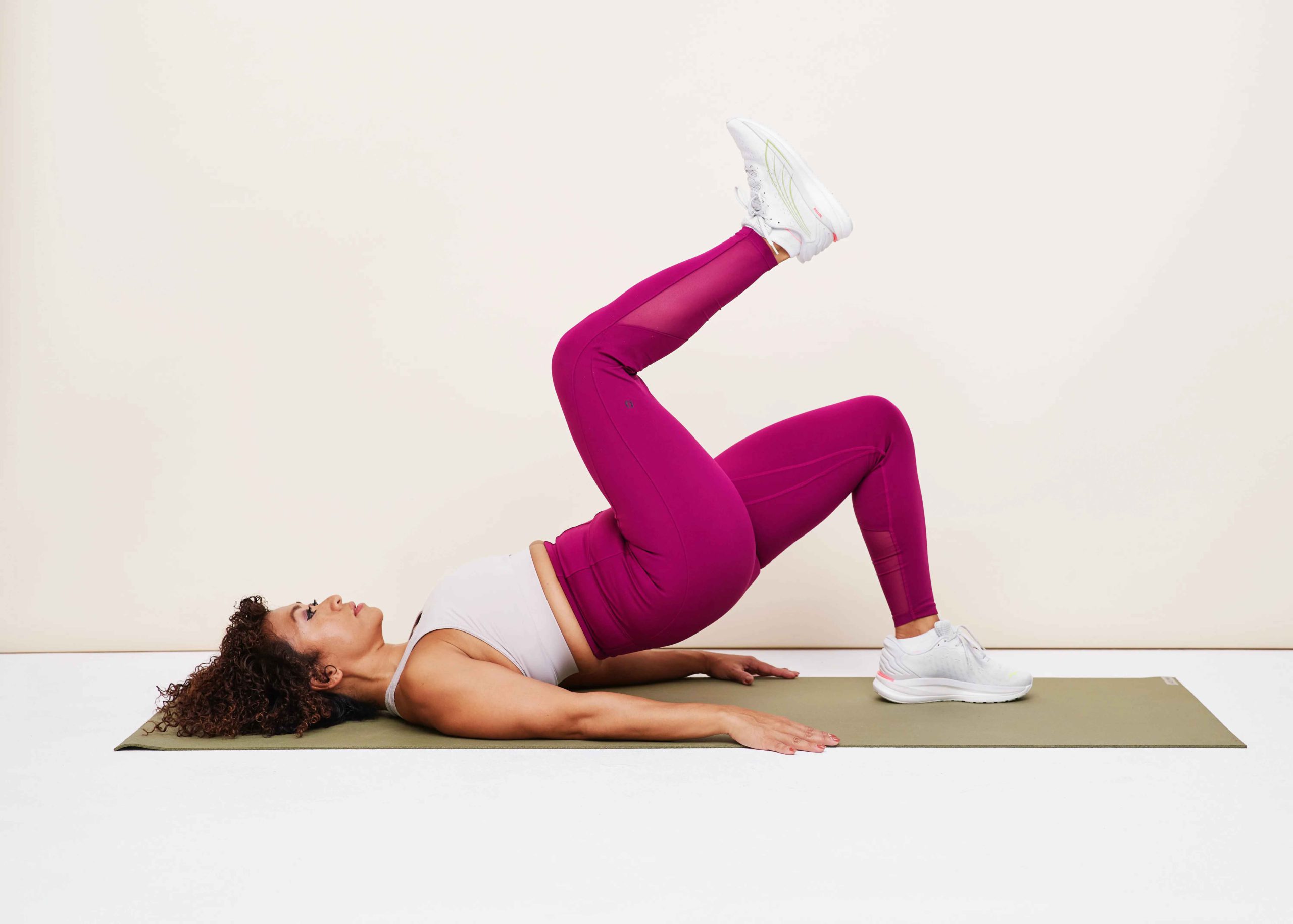Achieving a well-defined, rounded posterior has become a fitness goal for many people seeking to improve their body composition and confidence. Learning how to make your butt more round doesn’t require expensive surgeries or impossible workout routines. Instead, it involves strategic training, proper nutrition, and understanding your body’s unique potential.
Natural butt lifting techniques have gained significant popularity among fitness enthusiasts who want to sculpt their physique safely and effectively. This guide will walk you through proven strategies to transform your glutes, focusing on exercise, nutrition, and lifestyle factors that contribute to a more shapely behind.
Whether you’re a fitness beginner or an experienced athlete, understanding the science behind glute development can help you create targeted workouts that deliver real results. The journey to a more defined posterior is about smart training, consistent effort, and embracing your body’s natural capabilities.
Readers can expect comprehensive insights into muscle development, exercise techniques, and nutrition strategies that support natural butt enhancement. Each section will provide actionable advice designed to help individuals achieve their body transformation goals with confidence and precision.
Understanding Glute Anatomy and Muscle Growth
The human buttocks are more than just a body part – they’re a complex muscle group critical for posterior development. Glute muscle growth involves understanding the intricate anatomy of this powerful muscle region.
Your posterior consists of three primary muscles that work together to create shape and strength:
- Gluteus Maximus: The largest muscle responsible for hip extension and overall butt shape
- Gluteus Medius: Supports lateral movement and stabilizes the pelvis
- Gluteus Minimus: Assists with hip rotation and leg movement
Key Muscles That Shape Your Buttocks
The gluteus maximus plays the most significant role in posterior development. It’s the muscle most people target when seeking a more defined and lifted appearance. Targeted exercises can help enhance muscle size and definition, creating a more sculpted look.
Role of Genetics vs. Training in Butt Development
While genetics determine your initial muscle structure, dedicated training can dramatically transform your glute muscle growth. Some individuals naturally have more muscle-building potential, but consistent resistance training can reshape and strengthen anyone’s posterior.
Importance of Progressive Overload
To maximize glute muscle growth, progressive overload is crucial. This principle involves gradually increasing workout intensity by adding weight, repetitions, or complexity. By challenging muscles consistently, you stimulate continuous growth and prevent plateaus in posterior development.
How to Make Your Butt More Round Through Exercise
Transforming your buttocks requires a strategic approach to glute exercises that target muscle growth and shape. Butt workouts are not just about random movements but calculated techniques that stimulate muscle development and create rounded buttocks.
Compound movements form the foundation of effective glute training. These powerhouse exercises engage multiple muscle groups simultaneously, maximizing muscle recruitment and overall development.
- Squats: The king of lower body exercises
- Deadlifts: Critical for posterior chain strength
- Lunges: Excellent for unilateral muscle activation
Targeted glute exercises take your butt workouts to the next level by isolating specific muscle groups. Movements like hip thrusts and glute bridges directly challenge the gluteal muscles, promoting muscle hypertrophy and improved shape.
- Hip Thrusts: Directly target gluteal muscles
- Glute Bridges: Activate lower posterior chain
- Step-Ups: Enhance muscular endurance
Proper form remains crucial in achieving rounded buttocks. Slow, controlled movements with full range of motion ensure maximum muscle engagement. Beginners should start with bodyweight exercises, progressively adding resistance as strength improves.
Training frequency matters. Aim for 2-3 dedicated glute workouts per week, allowing adequate recovery between sessions. Progressive overload—gradually increasing weight, repetitions, or complexity—drives continuous muscle adaptation and growth.
Nutrition and Lifestyle Factors for Better Glute Development
Achieving a fuller backside isn’t just about exercise—nutrition plays a critical role in buttocks enhancement. Protein serves as the building block for muscle growth, with lean sources like chicken, fish, and plant-based proteins supporting your glute development goals. Individuals seeking to transform their physique should aim for approximately 1.6 to 2.2 grams of protein per kilogram of body weight.
Complex carbohydrates and healthy fats fuel workout performance and muscle recovery. Quinoa, sweet potatoes, and brown rice provide sustained energy, while avocados, nuts, and olive oil support hormone production essential for muscle development. Proper hydration remains crucial, as water helps transport nutrients and supports muscle function during intense training sessions.
Sleep and stress management significantly impact buttocks enhancement efforts. Quality rest allows muscles to repair and grow, with 7-9 hours of uninterrupted sleep recommended. Chronic stress can elevate cortisol levels, potentially hindering muscle growth and overall body composition. Integrating meditation, yoga, or deep breathing techniques can help manage stress and optimize physical transformation.
Consistency remains the ultimate key to developing a rounder, more defined backside. Gradual lifestyle modifications—balanced nutrition, strategic workouts, adequate rest—create sustainable results. Remember that everyone’s body responds differently, so patience and personalized approach are essential in your fitness journey.





Be First to Comment